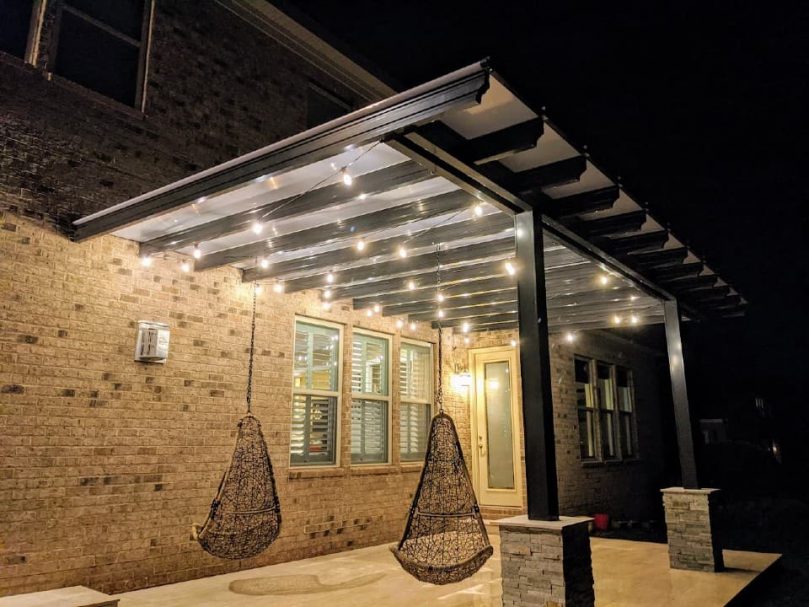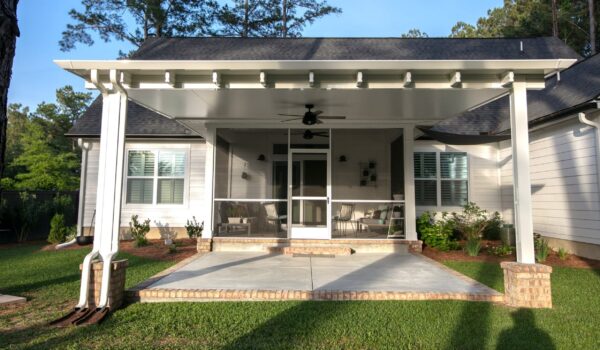You may or may not need a building permit to erect a patio cover yourself or have one built for you. It all depends on where you live.
Building permit requirements vary not just by state, but often by county, and even more typically by each municipality within a county. If two properties are on opposite corners of an intersection, and municipal boundaries run right through that intersection, it’s entirely possible that a property owner on one corner will need a permit while a property owner on another corner will not.

There’s no hard and fast rule on permits, but generally speaking, the more urban a setting is, the more likely it is to require a permit. Cities almost always require a permit. Nearly as likely to require a permit are incorporated boroughs, towns, villages, and townships. Don’t think, however, that rural areas don’t require permits; they often do in an effort to control growth and maintain their rural character.
And it goes deeper in that. Where a municipality has a building code and zoning regulations, certain types of patio covers might be permitted in one neighborhood and barred in another. It all depends on whether the neighborhoods are in different land use zones.
Occasionally, and especially in planned communities or communities with homeowners associations, a deed carries restrictions on what can be done to the exterior of a house. In those cases, you may have to apply to an association board in addition to obtaining a municipal permit.
But one thing is certain: Don’t build without a permit. If you’re required to have one and build anyway, you might be fined, ordered to tear down the structure, and required to start over once you have a permit. That wastes time and money.
How To Find Out if a Permit Is Needed?
You may be able to find permit information on the municipal website. It’s probably listed under permits, building permits, or construction permits.
But there’s really only one way to know for sure if you need a building permit for a patio roof, gazebo, or screen enclosure: Ask your local officials. Ultimately, it’s your responsibility to make sure you have a proper permit if required.
Whose Responsibility Is a Permit?
Unless your project is extremely complicated, and often even if it is, you seldom need a lawyer.
In most cases, you merely need to fill out a form, pay a fee and present the information that a permit official requests.
If you are doing it yourself and using a kit, the engineering specifications should be available with the manufacturer’s information enclosed with the kit, or from the manufacturer. It might be on the manufacturer’s website. It’s important to buy a product that will meet local standards, so learn the standard before you buy. Renaissance Patio products, for instance, meet up to 175 mph wind requirements and Colorado snow load standards, which means they can meet code anywhere in the country.
If you are hiring an installer who is supplying the materials or kit, the installer should have all the necessary information.
In your contract, specify that the installer will obtain the permit paperwork, appropriately complete it and submit the information to the proper officials. A good installer will do this routinely and suggest it. You will have to pay the fee and pay the installer for his time.
It’s best to hire an installer who is familiar with two things:
- The product is installed, including specifications.
- The municipal regulations and permitting officials where you live.
Make sure the permit is obtained before allowing work to begin. Usually, you must also post a notice of the permit in a prominent spot on the job site.



